Safety, health, and learning are the only priorities.
↓

― Road Map for K-12 Education
Advancing the healthy schools’ movement for both new and existing environments.
All students deserve safe and healthy environments to achieve their academic potential. We released new documents each month that we hope will help school communities foster safe and healthy learning environments.
As you read our recommendations, we invite you to imagine how these design interventions will impact Riley, an imaginary—but very real—student. Like many students, Riley relies on school for more than just their education. It’s also where they eat breakfast and lunch, socialize with friends, and receive their most reliable Internet connection. We owe it to students like Riley to make school buildings as inviting, safe, and healthy as they can be.
↓
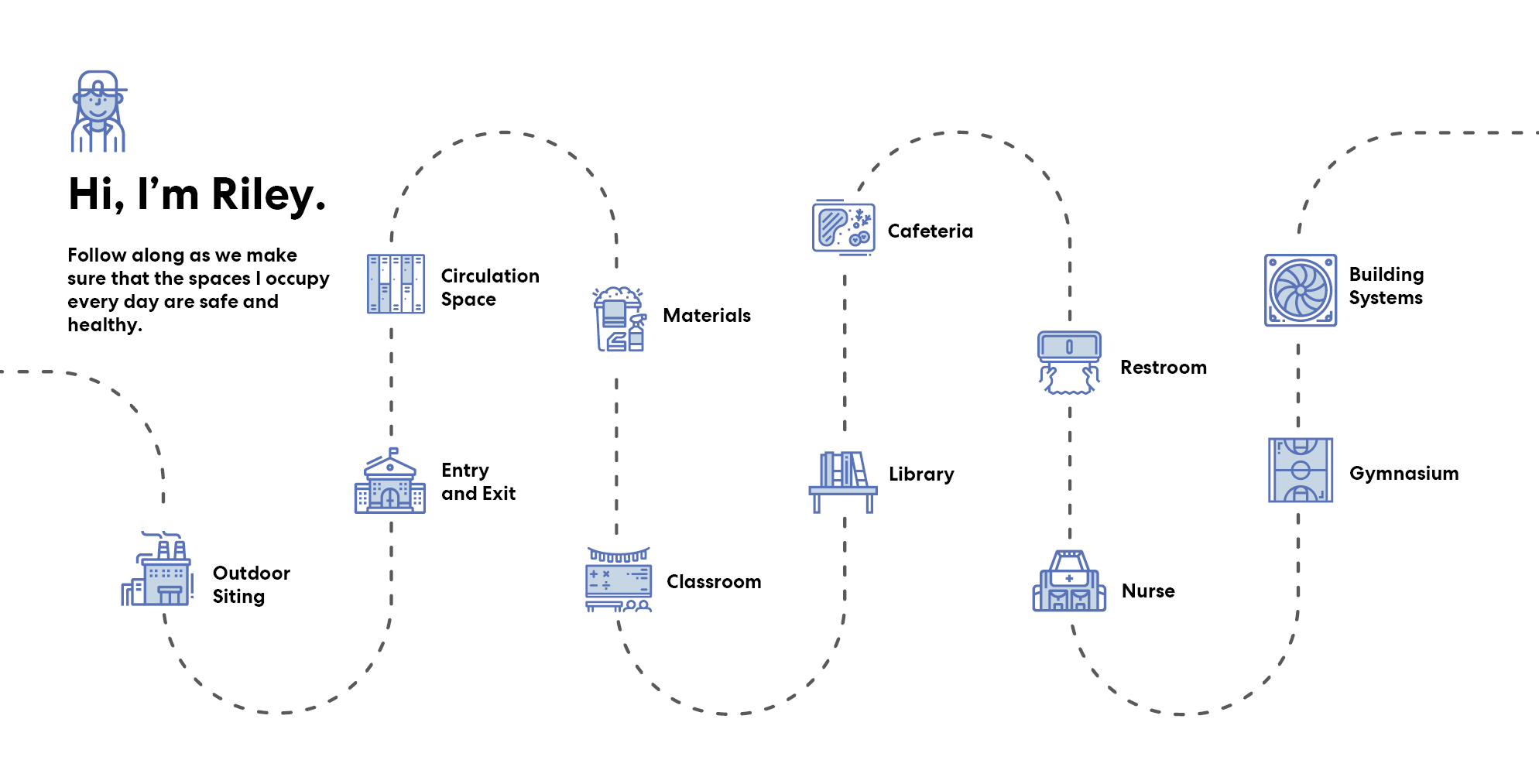

Outdoor Siting
The pandemic underscored the importance of outdoor learning environments. Studies prove that students with greater access to these spaces display better mental health, higher test scores, and lower chronic absenteeism (Kweon et al., 2017; MacNaughton et al., 2017).
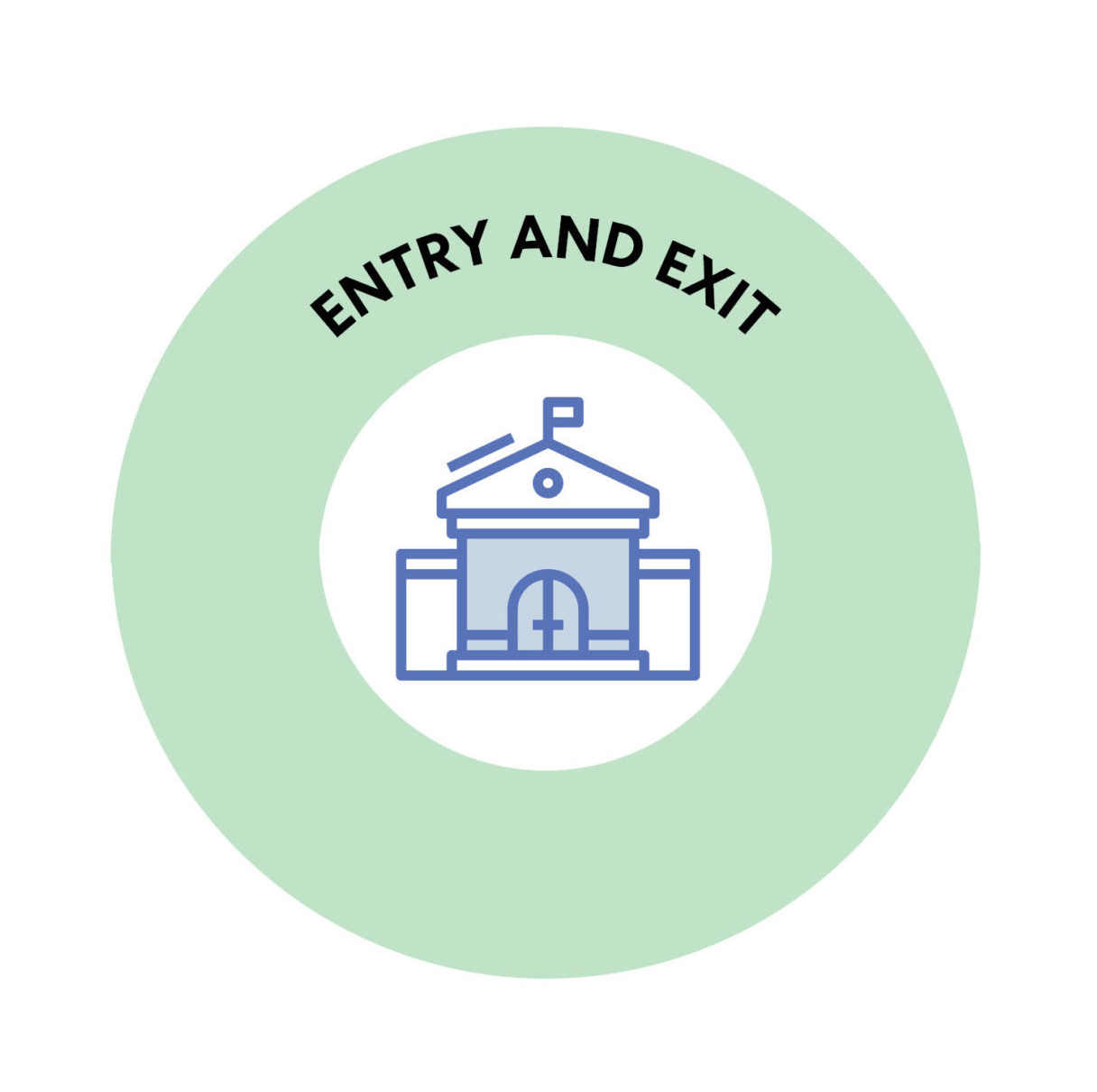
Entry and Exit
A student’s sense of safety, motivation, belonging, and school pride begins at the schoolhouse door. Every day, around 25% of Americans enter a school as teachers, students, staff, or administrators. This critical part of the building can have acute (daily) and chronic (monthly, yearly) exposures that have both social and physical implications.

Circulation Space
Thoughtfully planned circulation areas increase opportunities to extend learning environments. With smart design and strategic signage, corridors and stairwells offer schools additional space to support both learning and health. Variety and flexibility give students agency, support collaboration, and can reduce density
when needed.
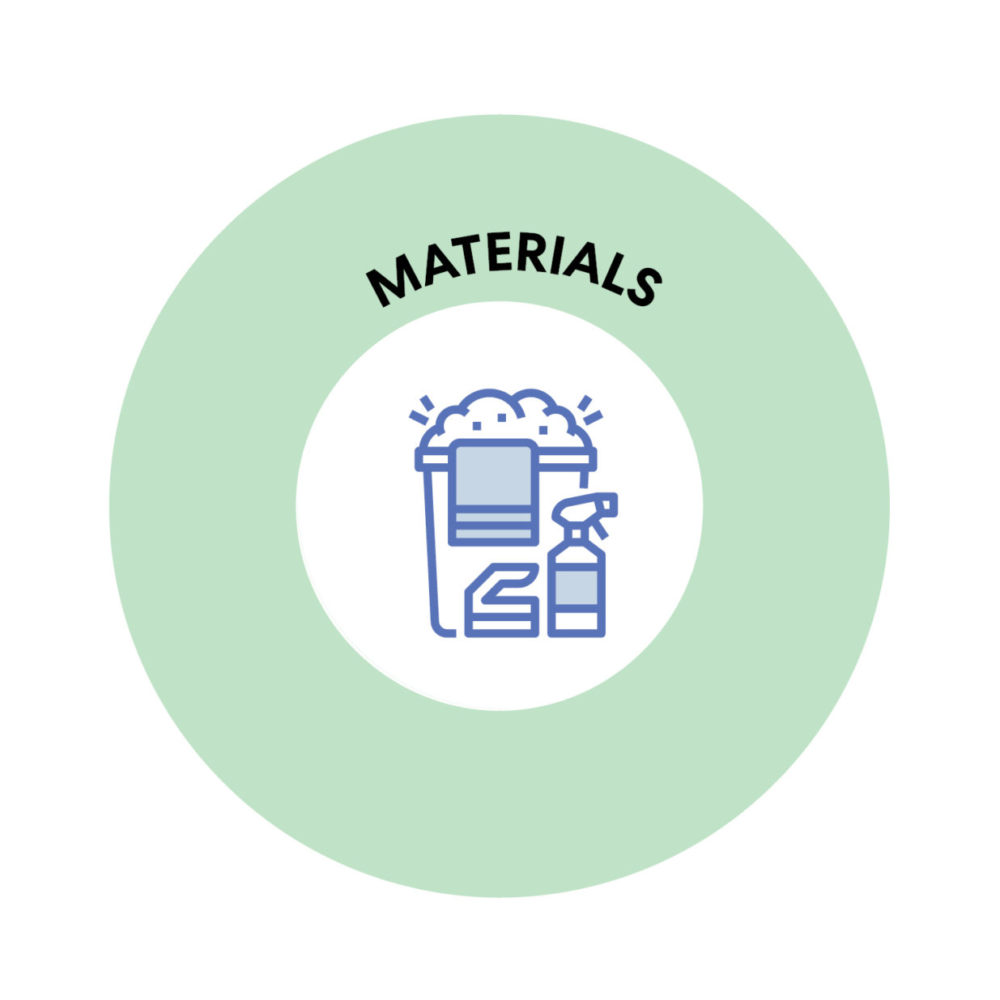
Materials
From the cells in your body to a sense of belonging, building materials and furniture can influence health and the well-being. These strategies call attention to the fact that school
furniture can include harmful chemical additives that migrate out into the dust and air we breath. Additionally, furniture can help or hinder student inclusion. Our micro to macro
approach allows us to optimize our framework and balance risk mitigation, health promotion, and educational adaptation.

Classroom and Learning Environment
In order to navigate what comes next, we need to create multi-faceted classrooms that offer increased control and full access to technology. As education continues to evolve – accelerated by the pandemic – we are leveraging research to better understand how learning environments can support students holistically.

Libraries and Media Centers
Libraries and media centers are the epicenters of knowledge in our schools. As the use of personal technology increases, media centers and libraries will be less about where we store
our paper books and more about communal spaces with diverse uses. These uses include collaborative learning areas, spaces for virtual reality and innovative tools (e.g. 3D printers), as well as being flexible environments for community engagement.

Cafeteria
COVID-19 highlighted that schools do much more than teach children. They provide countless services each day, one of which is offering many children a reliable source of food. With this in mind, cafeterias in the future will
need to prioritize equity and health in their design.
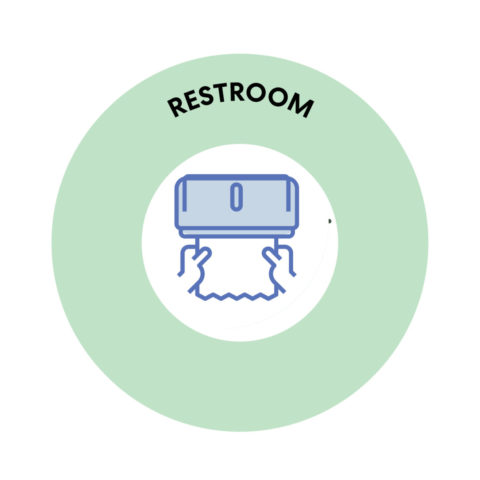
Restroom
Used countless times throughout the day, school restroom design should not be an afterthought. As schools work to future-proof learning environments – now is the time to holistically rethink their design. A collaborative approach and simple solutions, such as direction of travel, thoughtful signage, and
touchless technology can provide communities healthy and inclusive restrooms facilities.
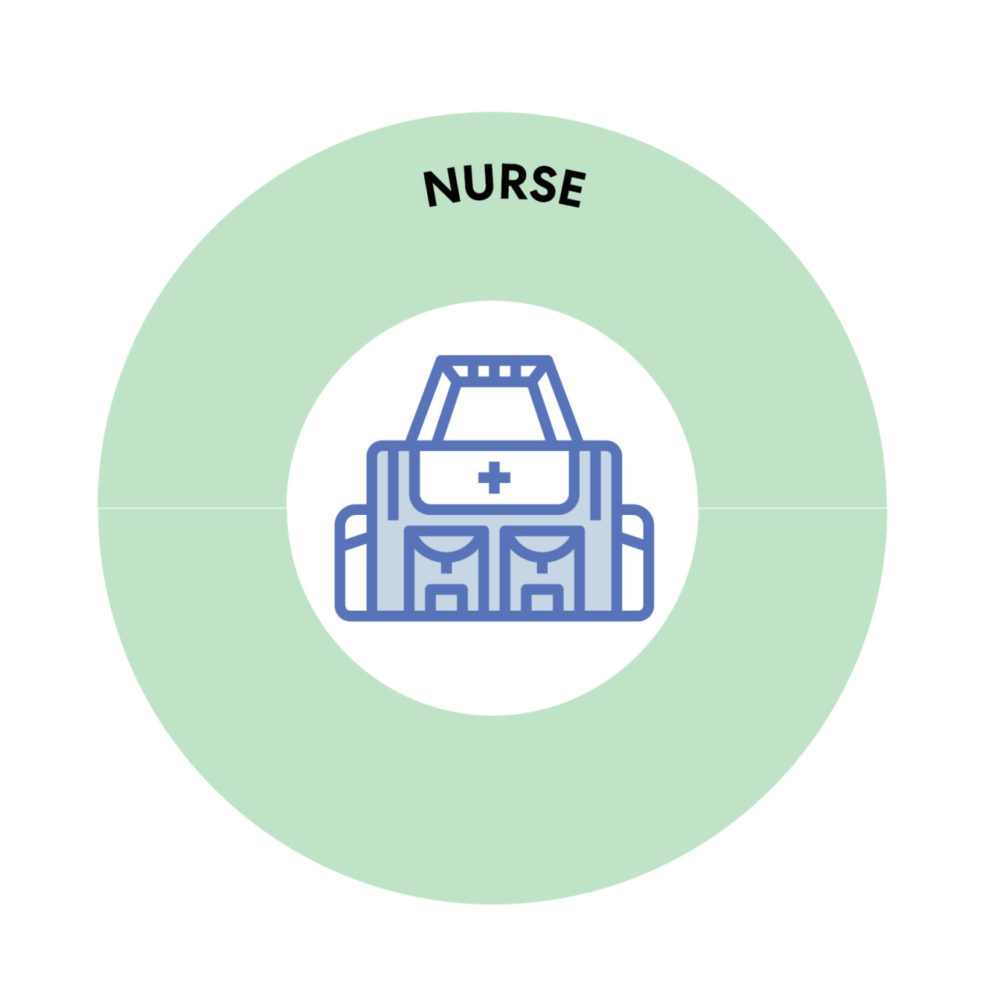
Nurse
Driven by the pandemic, inequities in our systems, community needs, and technology, the desire for holistic solutions that support student health has never been greater. As we respond
to the current pandemic and future challenges, school nurses will play a critical role in helping us to design facilities that are resilient and take a holistic approach to student health. Using an evidence-based approach to planning, we can provide a student-centered health experience.
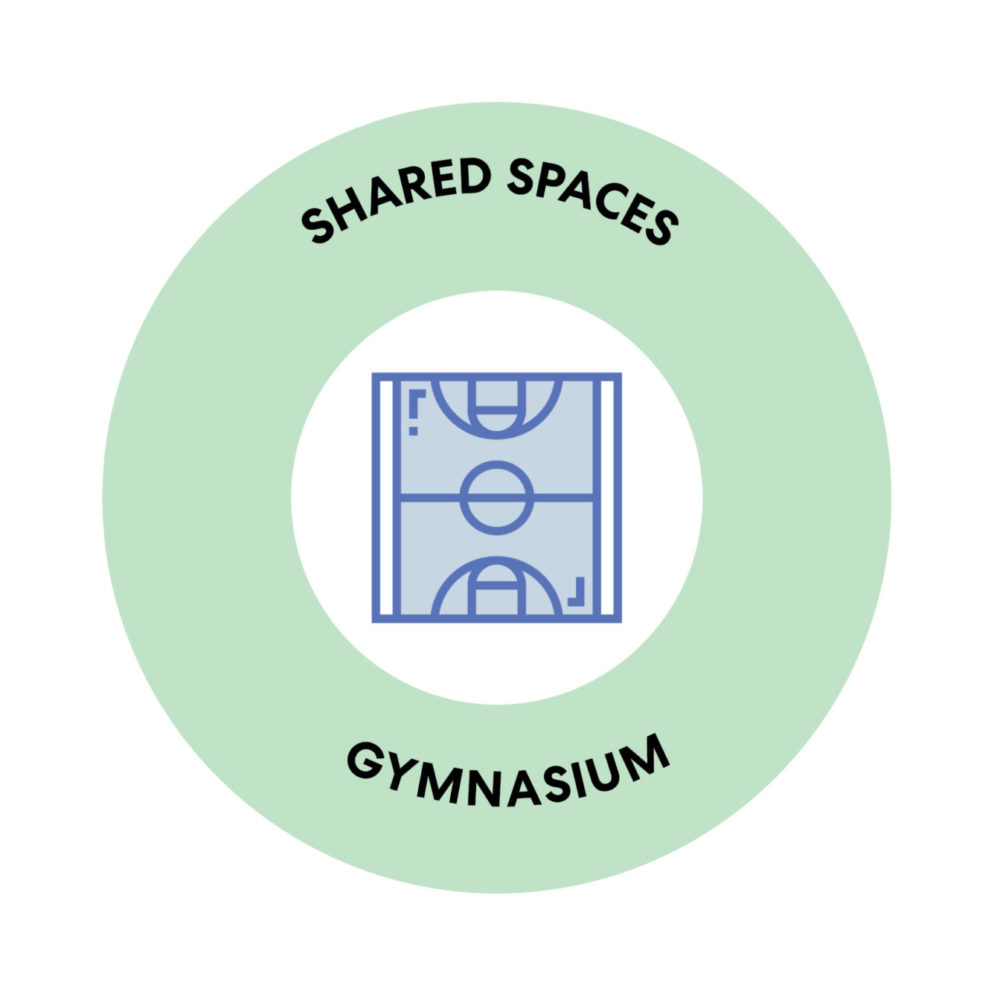
Gymnasium
COVID-19 turned many pedagogies on their head. Physical Education teachers have overcome Immense challenges to help keep students healthy even while many school gymnasiums had to play double duty as educational spaces. Through all of this, the pandemic has helped to raise the value of the
important role health education plays in our communities.
― Looking for COVID-19 strategies?
The guidance provided on this site is based on the available information as of the date of publication and does not replace federal, state, or local public health recommendations but aggregates best practices and innovative solutions at the intersection of buildings and school health. We encourage schools to reach out and seek expert advice on their unique circumstances.

